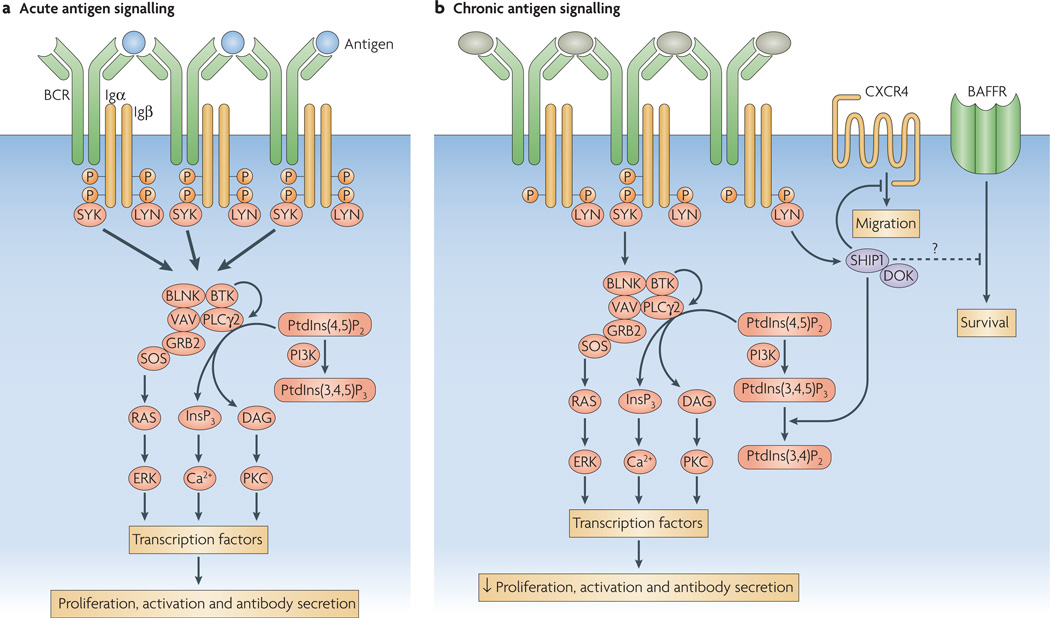Figure 2. B-cell signalling in response to acute or chronic antigen stimulation.
a | The normal B-cell receptor (BCR) response to acute antigen stimulation involves the phosphorylation of two tyrosine residues in the ITAMs (immunoreceptor tyrosine-based activation motifs) of Igα and Igβ by LYN or other SRC-family kinases. This results in the recruitment and activation of SYK (spleen tyrosine kinase), which in turn phosphorylates key downstream substrates such as BLNK (B-cell linker) and BTK (Bruton’s tyrosine kinase), resulting in productive BCR signalling, activation and productive interactions with helper T cells. b | In anergic B cells, chronic binding of self antigen is thought to favour monophosphorylation of ITAM tyrosines. This limits the recruitment and activation of SYK, yet allows efficient LYN activity, which enhances the phosphorylation and activation of an inhibitory complex containing SHIP1 (SRC-homology-2-domain-containing inositol-5-phosphatase 1) and DOK (docking protein). These proteins act to dampen any productive BCR-mediated signalling in a manner that is analogous to FcγRIIb (an inhibitory Fc receptor for IgG that is expressed by B cells). This inhibitory complex may also act in trans to inhibit signalling by other receptors, including CXC-chemokine receptor 4 (CXCR4) and possibly the receptor for B-cell-activating factor (BAFFR). DAG, diacylglycerol; ERK, extracellular-signal-regulated kinase; GRB2, growth-factor-receptor-bound protein 2; InsP3, inositol-1,4,5-trisphosphate; PI3K, phosphoinositide 3-kinase; PKC, protein kinase C; PLCγ, phospholipase Cγ; PtdIns(3,4,5)P3, phosphatidylinositol-3,4,5-trisphosphate; PtdIns(4,5)P2, phosphatidylinositol-4,5-bisphosphate; SOS, son-of-sevenless homologue.

